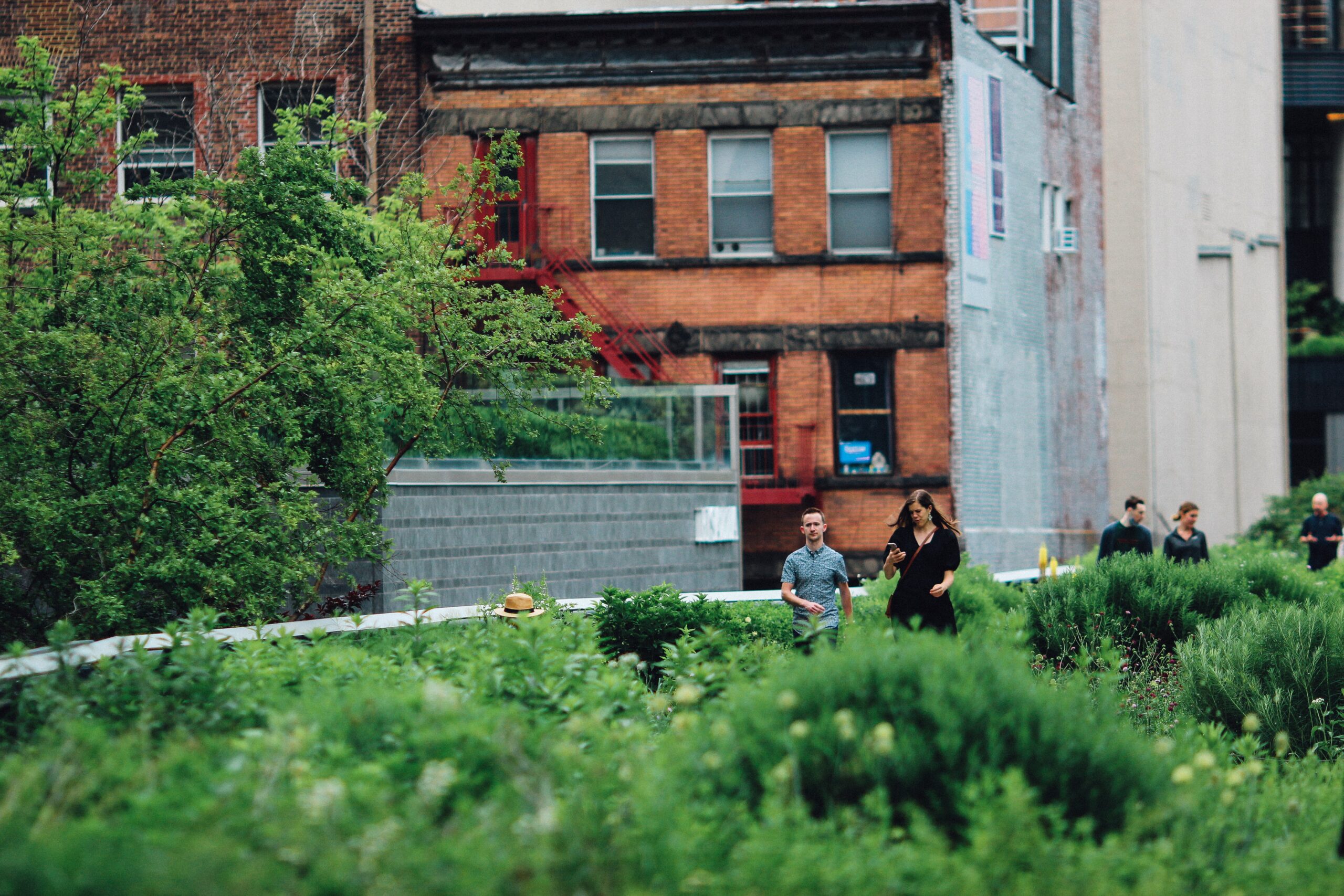Across the globe, an influx of natural disasters has brought the vulnerabilities of metropolitan areas to light. As the effects of climate change shock urban communities, city governments have made upgrading infrastructure to withstand and recover from those impacts a top priority, and this is referred to as urban resilience.
This method of designing cities can contribute to the social justice and environmental movements. Following is an overview of how the construction industry could pro-actively reframe urban resilience strategies. According to industry leaders, a resilient city is able to maintain services and functions despite natural and human-made disasters, or the impact of economic, environmental and social hazards, whilst still protecting and promoting the wellbeing of its citizens.
How Can Construction Help?
Urban resilience planning requires factors such as: comprehensive risk assessment, adaptive land-use zoning, utilization of natural drainage and coastal buffers, data collection for potential hazards and a sound strategy for both early warning and disaster response as well as recovery. It also demands analyzing how climate change exacerbates urban communities’ social and economic disparities. However, adopting a resilience strategy to protect all residents is impossible without supportive infrastructure.
As such, integrating urban resilience into the construction industry is an investment in our environment’s wellbeing. Overhauling a city’s construction design, materials and operations to meet greener standards will safeguard buildings and residences against climate change.
The construction industry can aim to cut carbon emissions and adopt sustainable practices in a number of ways: from certifying energy-efficient buildings, converting vacant or empty buildings into green spaces, or enhancing electric and drainage systems. Ultimately, a more resilient city can help break through many social and environmental injustices urban communities face today.
Improving Urban Resilience Across the United States
There are examples of urban resilient cities across the world – e.g. Bangkok, Copenhagen, Quito – but this piece is focused on the United States, where several cities and states have recognized the importance of generating resilience to protect urban infrastructure, populations and economies. The following case studies examine how four metropolitan hubs in the United States are improving their resilience strategies while addressing critical social justice issues.
Adapting to Rising Seas in Miami
In the wake of climate change, hurricanes have intensified and flooded low-lying streets throughout Miami, Florida. Within the last 25 years, sea levels have risen six inches, causing billions of dollars in property damage, gentrification, increased political instability and social inequality, and displacement of about one million residents.
Miami is long renowned for being a melting pot. However, low-income Latin and Black neighborhoods are disproportionately affected by discriminatory real estate practices, astronomical flood insurance rates and race wars. Perhaps worse, many minority communities live near brownfield sites and urban heat islands in home that have neither air conditioning, tree canopies or sufficient air and water quality.
Miami is home to 26% of all U.S. houses at risk of severe flooding. At the same time, city elites who occupy luxury high-rises and bayside condominiums have been the primary focus of developing urban resilience.
The City of Miami’s resilience strategy heavily relies on infrastructure improvements, with the construction industry tasked with elevating roadways, building upgraded pump stations and adding flood panels to existing buildings for enhanced protection. Newer establishments are also now constructed at higher elevations, while salinity control barriers have been assembled at major canal entrances to prevent salt water from infiltrating Miami’s fragile aquifer.
Modernizing New York’s Power Grid
An unstable power source is insufficient for socially-just electrical distribution in urban areas. As such, power redistribution through renewable energy sources is necessary when facing a crumbling grid system.
In early 2022, New York State Energy Research and Development Authority announced plans to use $3 million to upgrade electric utilities, significantly reducing energy emissions and moving toward the state’s goal of net carbon neutrality.
New York’s power infrastructure is nearly 35 years old, making upgrades to the power grid the most cost-effective and efficient avenue toward climate resilience. Modernizing the current system is also expected to create thousands of construction jobs, a sector that plays an integral role in clean energy.
For example, reducing 6.4 billion tons of carbon dioxide is possible by constructing and operating 22 new transmission lines for 50 years. Along with the many wind and solar projects underway in the Long Island Sound, New York’s upgraded power grid will provide residents with cleaner air and fairly-distributed energy.
Building Green Infrastructure in Washington D.C.
Poor air quality is a social justice issue in metropolitan areas, most impacting low-income and minority residents. According to the American Lung Association’s 2020 State of the Air report, people of color are 1.5 times more likely than white people to live in areas with heavy air pollution.
Since 2013, Washington D.C. has successfully included green infrastructure in its urban resilience planning, relying on the construction sector to help improve the city’s air quality and environmental and social injustices.
Green infrastructure merges advanced technology, products and sustainable practices with natural systems — or engineered systems that imitate biological processes — to strengthen urban resilience. Projects may include the following:
- Upgrading stormwater drainage with soil and vegetation
- Increasing energy efficiency
- Mitigating urban heat islands and purifying city waterways
- Converting paved lots and vacant structures into green spaces
Another green infrastructure project for the immediate future could include planting trees. In fact, the District Department of Transportation currently focuses on installing rain gardens, tree-planting along streets, improving landscaping, pouring new pavement that absorbs stormwater and removing old pavement and structures.
According to the National Park Service, the 11 urban forests surrounding the city remove more than 1.1 million metric tons of air pollution annually. By incorporating more vegetation into the District’s green infrastructure, city officials and the construction industry work together to eliminate air pollutants and power source emissions, reduce building energy consumption and lower urban temperatures where it counts the most.
Urban Gardening in Atlanta, Georgia
Underserved metropolitan populations are not immune to the difficulties of food insecurity. Access to healthy and affordable food is not always feasible for many urban households relying on low wages or unsteady work. Further, many low-income city dwellers may not have access to a kitchen, electricity, refrigeration or clean water, making it challenging to store food and prepare meals.
During the coronavirus pandemic, 9.4 million adults and 6.1 million children lived in food-insecure households. However, one U.S. city is tackling food insecurity head-on: Georgia, Atlanta.
Under Atlanta, Georgia’s urban resilience plan, every city resident will reside within one-half mile of fresh food by 2025. Thanks to the construction of innovative urban gardens, the city could jumpstart a robust agricultural sector within its borders. Atlanta now boasts 189 community gardens that have reduced food deserts in poorer neighborhoods by 17% since 2010.
There are many benefits to urban gardens. In addition to improving the environmental health of cities and providing access to healthy food, urban gardening helps build cohesive communities. In 2021, former-Mayor Keisha Lance Bottoms announced that Atlanta’s urban farms could begin marketing fresh produce to residents in low-income areas of the city. The order summons the construction of viable infrastructure for selling locally-grown food to residents.
Building a More Urban-Resilient Planet for Everyone
Urban resilience is only achievable with sustainable and innovative construction. However, addressing the social inequities of cities with adaptable, solid infrastructure is equally important to combat future climate change impacts.











